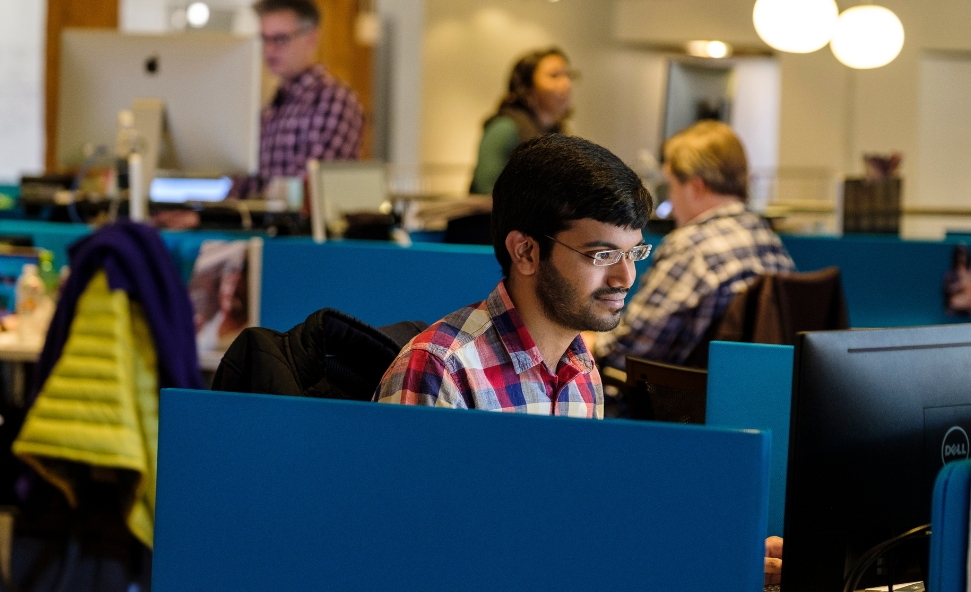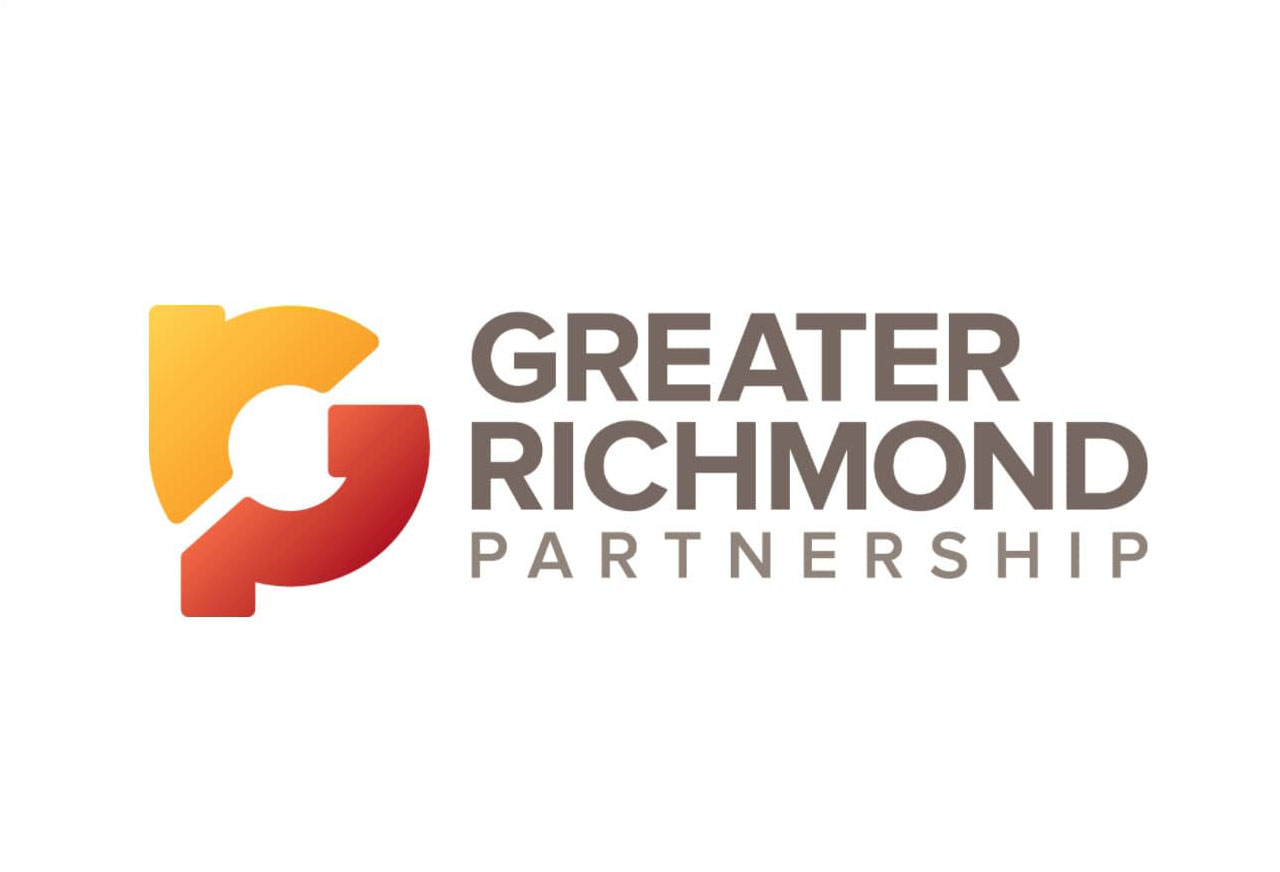
News
News | 8 min read
June 9, 2015

James Xu describes the process of making e-vapor liquids as “almost like making wine.”
“It is an art and a science,” said Xu, the co-founder and co-owner of Avail Vapor LLC, a Chesterfield County-based retailer of e-cigarettes and vaping supplies.
“A lot of people just think, ‘If I add A, B and C ingredients and mix them, it will make juice,’” Xu said. “But it doesn’t work that way.”
In an industry that is not yet regulated, Avail Vapor has invested heavily in a sophisticated process for making the “juice” — the common term for e-liquid in the e-cigarette industry.
“Juice” is the watery mixture of flavorings, nicotine extract, propylene glycol and vegetable glycerine that “vapers,” as users of e-cigarettes prefer to be called, put into their vaping devices or vaporizers.
The devices don’t produce smoke. Instead, they heat the liquid mixture to produce a vapor that the user inhales.
Avail Vapor LLC claims to be the nation’s fastest-growing and largest owner of vape shops, having opened 45 retail stores in the Southeast in less than two years, with more locations in the works.
The shops specialize in selling vaping devices — the types of reusable, re-fillable devices that are distinct from disposable e-cigarettes typically sold at convenience stores. Avail also sells a wide assortment of its own e-liquids, which it makes in more than 60 flavors.
***
At one of Avail’s newest retail stores in the Richmond area, customers and visitors can get a behind-the-scenes look at how the juice is made.
The company’s shop on Southlake Boulevard, just off Midlothian Turnpike in Chesterfield County, is in the same 40,000-square-foot building as its new corporate headquarters.
The building also houses the company’s e-liquid production line.
Visitors can watch through indoor windows as a team of lab technicians package and label thousands of 10-, 15- and 20-milliliter bottles of juice, some of which are destined to be sold in Avail’s retail stores. Other bottles are shipped to businesses that the company supplies.
Wearing white lab suits, gloves and hair covers, the technicians work in a 4,000-square-foot clean room designed to keep the e-liquid free of contaminants.
Employees enter through an air lock, and the room’s air pressure is maintained so that air flows out, but not in, except through a filtering system.
Avail co-founder Donovan Phillips said the clean room was designed to be a pharmaceutical-grade production area. He describes the viewing area as like going to a Krispy Kreme store to watch donuts being made, instead of just buying a box at a grocery store.
“It is kind of a neat thing to see what goes into the process,” he said.
In another part of the building, Avail has a lab where employees test the company’s batches of e-liquids for impurities.
***
Avail wants to demonstrate to its customers that it is practicing high standards for e-liquid production, even though the e-cigarette industry has no Food and Drug Administration-mandated manufacturing standards yet, Xu said.
That is expected to change when the FDA promulgates regulations for the e-cigarette industry, which could happen this summer.
As the industry has exploded in growth, public health advocates have increasingly called for regulations to ensure that the e-cigarettes and e-liquids meet safety standards and are not marketed to children.
Yet many in the e-liquids industry are worried that the FDA regulations will be so onerous that it could drive small and medium-sized e-cigarette and e-liquid producers out of business.
Gregory Conley, president of the American Vaping Association, said the vaping industry could be devastated if, under the FDA’s current regulatory framework, e-cig and e-liquid companies are required to submit applications to the agency for the approval of every product they currently have on the market.
“It would be a paperwork nightmare,” he said, and enormously expensive for each product application.
The organization is backing a bill in Congress that would grandfather existing e-vapor products.
Xu said he is confident that Avail can meet or exceed the FDA’s regulatory expectations. He said regulation would push “bad actors” out of the business and will give consumers confidence that products are meeting safety standards.
“We believe we are one of the very few (e-liquid companies) in the country that are using this kind of standard, so we wanted customers to be able to see it,” Xu said. “We try to set the bar high.”
While Avail is inviting customers to see its packaging and labeling process, some of the company’s production process remains out-of-sight. The e-liquids are mixed in another restricted-access area of the clean room, where the technicians must wear additional protective gear.
The company keeps its supply of nicotine extract in what Phillips described as a locked and “armored” storage area.
That’s because pure nicotine extract is poisonous and can be deadly if not handled properly.
***
Like much of the supply chain for e-cigarettes, the nicotine extract used in most e-cigarettes comes from overseas, mainly India and China.
“We want to use American-made ingredients,” Xu said.
A U.S.-based supply of nicotine is emerging.
The Richmond-based tobacco leaf company Universal Corp., which has been in the business of buying and processing tobacco leaf around the world for nearly a century, announced plans nearly two years ago to start producing nicotine extract in a joint venture with Avoca Inc., a North Carolina-based botanical extract company.
Universal confirmed last week that the joint venture, named AmeriNic, is now producing nicotine for commercial sale, after what Universal described as “substantial research” that included testing various types and supply origins of tobacco to determine which was optimal for producing nicotine, and developing the best methods of extraction and purification. The process took more than a year.
“We ultimately honed the process to our satisfaction and now are efficiently producing an excellent quality, clear, tasteless and odorless product that exceeds USP (pharmaceutical) standards,” Universal said in a statement in response to questions.
The company said the extraction and purification of nicotine is performed at Avoca’s FDA-inspected plant in Merry Hill, N.C.
“We believe that FDA regulations and e-vapor consumers’ interests are aligned in that consumers want to know what is in their e-juice,” the company said in its statement. “We are the only company, that we are aware of, that can trace our tobacco supply for our liquid nicotine back to a select farmer base.”
Avail is not the only company in Virginia that is making e-liquids for vaping.
In Winchester, a company named Bumble Bee Vapor LLC is producing about 15 flavors of e-liquid for retailers all over the nation. The company was founded in 2012 by Chris and Lena Bee.
“We supply stores all over the country,” Lena Bee said. “It is growing every day. We have also branched into international distribution.”
She said the business recently signed a deal with a large company in Texas that will become a contract manufacturer and distributor of its e-liquids.
Todd and Roxanne Hayes co-own Fog Bound LLC, which produces 18 flavors of e-liquid at a clean room facility in Yorktown. The company sells its e-liquids to vape shops.
Hayes said his mother and step-mother died of lung cancer, and he got into vaping as a way to quit smoking cigarettes himself.
“I never smoked another cigarette,” he said. “I decided this was a business I wanted to look into and something I could be passionate about.”
***
Avail’s rapid expansion of its retail business mirrors the overall growth of the e-cig and vaping market.
The total U.S. vapor market could reach about $3.5 billion in sales this year, up from about $2.5 billion in 2014, according to an estimate by Wells Fargo Securities LLC tobacco industry analyst Bonnie Herzog.
That includes about $1.5 billion from sales of the mass-market types of e-cigarettes offered at convenience stores and about $2 billion in sales from the specialty vape shops such as Avail’s.
The exact number of vape shops in the U.S. is unknown, but is estimated at more than 7,000. The industry has grown from practically nothing in a few years.
Cynthia Cabrera, executive director of the Smoke-Free Alternatives Trade Association, said she expects the growth rate will slow. “I think we are going to reach a point of saturation,” she said.
At the same time, she said that more domestic producers of nicotine extract and e-vapor hardware are entering the supply chain. “I think we will see more and more diversity in the market,” she said.
***
Avail expects to have 50 stores open soon.
The company’s strategy is to open stores in regions with a relatively low cost of doing business, and with a relatively high population of smokers that might be interested in making a switch to e-cigs.
Avail has a map of the United States in its headquarters, with some states and regions shaded darker, mainly in the Southeast.
Those are the areas that have a higher population of cigarette smokers, based on Centers for Disease Control and Prevention research.
“That is our customer base,” Xu said. “We are only targeting smokers.”
Copyright Richmond Times-Dispatch. Used by Permission.